
Hayden Herrera: An art historian who evolved the landscape of art history


Think about a typical art history class. The reading list is often filled with names of male artists and scholars, while women’s contributions are rarely given much attention. This shows that the art world, like other academic fields, has long ignored women’s work.
However, digging deeper into art history, we find a different story. It’s a story highlighting the essential roles female art historians played who have reshaped our understanding of art over time.
This blog is not a complete list, but it is a good starting point. It introduces us to a woman who has left her mark on art history. Hayden Herrera a woman who has expanded our knowledge and changed how we think about art from classical times to the present day.
Her journey through the world of art history is not just a story but proof of the significant impact women can have in this field. This blog will explore how Hayden Herrera has influenced the art world. Her story is inspiring and a sign of the evolving landscape of art history.
So, let’s begin and learn about her important role in shaping the world of art history.
Hayden Herrera’s early life and education
Before Hayden Herrera became a prominent figure in the art world, her unique journey shaped her perspective. Born 1938 in New York City, she grew up in a world where art and culture were a part of everyday life. However, her path into the art historian was not a direct one.
A fascination with creativity marked Herrera’s childhood. She was drawn to art, literature, and the cultural vibrancy of New York City. In this environment, her passion for art began to take root. She was not from a privileged background, but her determination and love for the arts propelled her forward.
After completing her early education, Herrera attended Marymount College, where she pursued a degree in art history. This was a crucial step in her journey, laying the foundation for her future career. It was during her time at Marymount that she honed her skills in researching and analyzing art, which would later become her forte.
Herrera’s journey into the art world was marked by an innate curiosity and an unwavering dedication to her craft. Her educational background provided her with the tools she needed to delve into the lives and works of artists, setting the stage for her later groundbreaking biographical works.
How did Hayden Herrera choose art history as her career?
After completing her studies at Marymount College, Hayden Herrera’s journey into the world of art history took an intriguing turn. She didn’t immediately step into the spotlight of art biography; instead, she embarked on a path that allowed her to accumulate the knowledge and expertise that would later define her career.
In the early stages of her professional life, Herrera worked as an editor and writer. These roles honed her writing skills and exposed her to the publishing world. During this time, she began to delve deeper into her passion for art history, reading extensively and nurturing her fascination with the lives and works of artists.
However, her encounter with the works of Frida Kahlo would become a turning point in her career. Herrera’s deep appreciation for Kahlo’s art sparked her interest in the artist’s life. This fascination led her to undertake extensive research and exploration, culminating in her groundbreaking biography of Frida Kahlo, titled “Frida: A Biography of Frida Kahlo.”
Published in 1983, “Frida” was a game-changer in the art world. It not only shed light on the tumultuous life of Frida Kahlo but also showcased Hayden Herrera’s meticulous research and storytelling prowess. The book received widespread acclaim and began Herrera’s rise to prominence as a biographer and art historian.
Hayden Herrera’s journey serves as a reminder that passion, persistence, and a deep love for one’s subject can lead to remarkable achievements.
Hayden Herrera’s impact on Art History through her work
Hayden Herrera’s art historical biographies were not mere accounts of artists’ lives; they were vivid narratives that brought artists and their creations to life.
One of her most renowned works, “Frida: A Biography of Frida Kahlo,” introduced readers to the complex and colorful world of the iconic Mexican artist Frida Kahlo. Through meticulous research and a deep understanding of Kahlo’s art, Herrera portrayed not just the artist’s life but also the socio-political and cultural context in which she thrived. This approach made Herrera’s biography a captivating read and an invaluable resource for art historians and enthusiasts seeking a deeper understanding of Kahlo’s work.
Herrera’s talent for storytelling extended beyond Kahlo. In her biography of Arshile Gorky, “Arshile Gorky: His Life and Work,”
she explored the life and creative evolution of the Armenian-American painter. Her ability to weave together personal narratives, artistic development, and the broader cultural influences of the time made her biographies stand out.
One of the remarkable aspects of Herrera’s work is her ability to make art accessible to a wider audience. Her writing style is clear, engaging, and devoid of jargon, which can often be a barrier in art. This accessibility was instrumental in bridging the gap between the art world and the general public, inviting readers to connect with the artists and their creations personally.
In a field where women were historically underrepresented, Hayden Herrera’s contributions served as a testament to the talent and impact that female art historians could have. Her biographies continue to be celebrated for their role in expanding the conversation around art, artists, and the stories that shape their work.
Hayden Herrera: An Inspiration for Future Generations
Hayden Herrera’s journey through the world of art history and biography not only left an indelible mark on the field but also serves as a source of inspiration for future generations. Here’s how her work continues to influence and motivate those with a passion for art and its stories:
Breaking barriers:
Herrera’s success shattered gender stereotypes that had long persisted in art. Her achievements as a female art historian and biographer showcased that women could excel in traditionally male-dominated fields. This has opened doors for countless aspiring female art historians, writers, and scholars who now see her as a role model.
Accessible art history:
Herrera’s writing style is a model of clarity and accessibility. She made complex art historical narratives understandable to a broad audience, inviting people of all backgrounds to engage with and appreciate art. Her books bridge the art elite and the general public, encouraging a wider appreciation for artistic genius.
Humanizing artists:
Herrera breathed life into artists through her biographies, making them relatable and multidimensional. She showed that artists were not just creators of works but individuals with complex lives, struggles, and triumphs. This humanizing approach resonates with readers and encourages empathy and deeper connections with art.
Deep research and scholarship:
Herrera’s meticulous research and dedication to accuracy set high standards for art historians and biographers. Her commitment to thoroughly understanding her subjects and their historical contexts continues to inspire rigorous scholarship in the field.
By exploring the lives of artists from different backgrounds and periods, Herrera expanded the horizons of art history. Her willingness to embrace a diverse range of artists encouraged others to do the same, leading to a more inclusive and holistic understanding of art and its evolution.
Aspiring art historians and writers can look to Hayden Herrera’s legacy as proof that passion, persistence, and a deep love for one’s subject can lead to meaningful contributions to the art world. Her life’s work serves as a beacon, guiding future generations to explore the stories behind the canvases, sculptures, and installations that shape our world.
In conclusion, Hayden Herrera’s impact on the art world goes beyond her biographical works; it’s a testament to the enduring power of art to inspire, inform, and connect people across generations. Her story reminds us that, like the artists she wrote about, she has become a part of the ever-evolving narrative of art history, leaving a lasting legacy for those who follow in her footsteps.










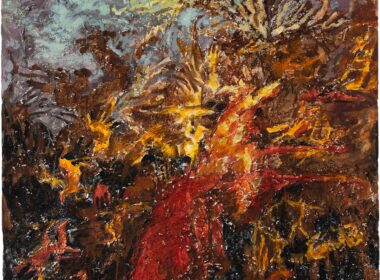
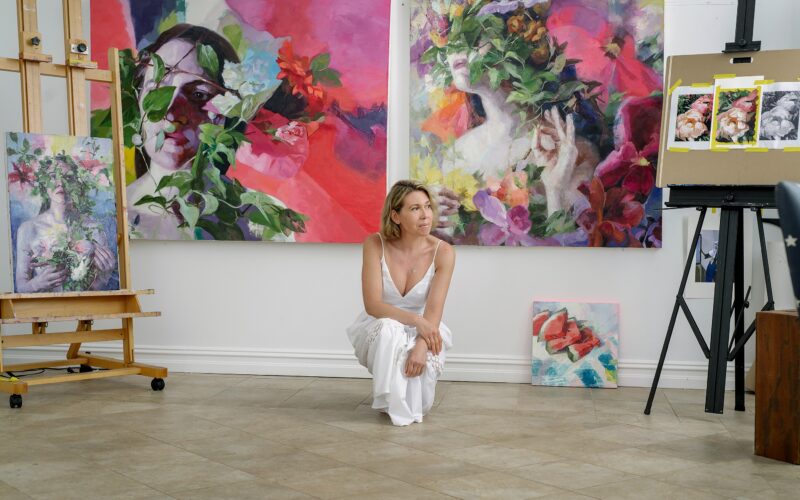

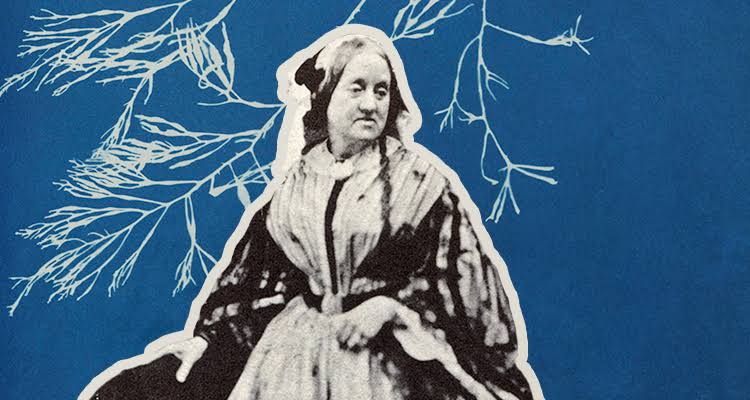
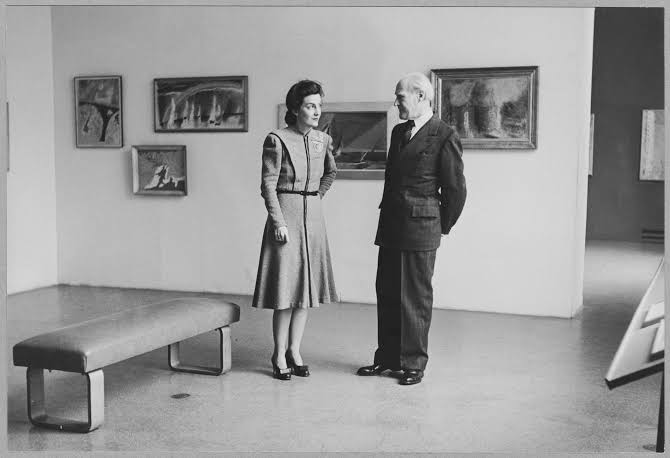

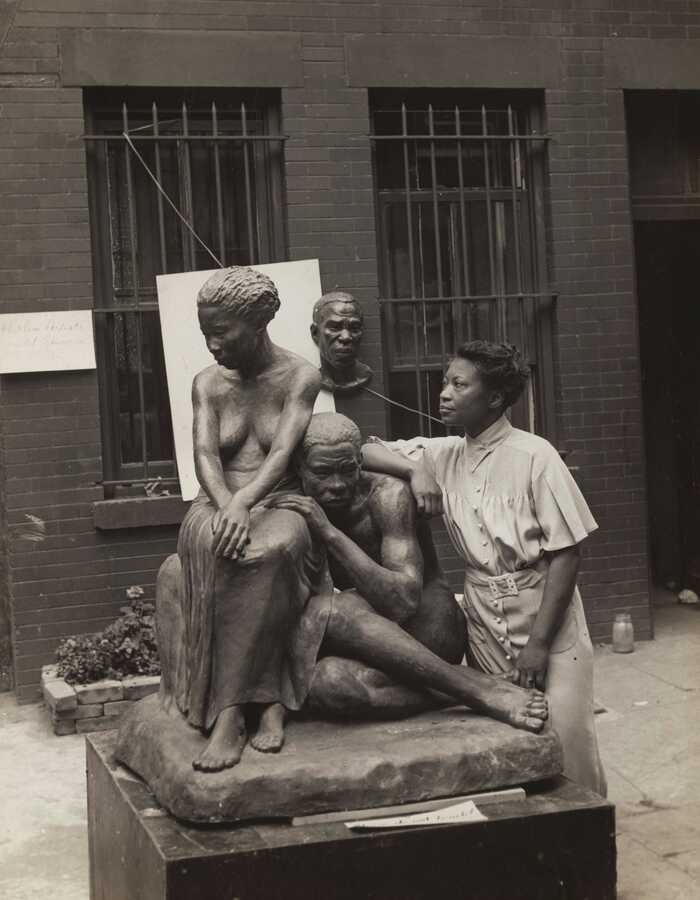

Comments 4